Adaptive Cruise Control Blind Spot Detection Market Summary
As per MRFR analysis, the Adaptive Cruise Control (ACC) and Blind Spot Detection (BSD) Market Size was estimated at 32.7 USD Billion in 2024. The Adaptive Cruise Control and Blind Spot Detection industry is projected to grow from 34.74 USD Billion in 2025 to 63.72 USD Billion by 2035, exhibiting a compound annual growth rate (CAGR) of 6.25 during the forecast period 2025 - 2035.
Key Market Trends & Highlights
The Adaptive Cruise Control (ACC) and Blind Spot Detection (BSD) market is experiencing robust growth driven by technological advancements and increasing consumer demand.
- Technological advancements in vehicle safety are propelling the ACC and BSD market forward, particularly in North America, which remains the largest market.
- In Asia-Pacific, the market is witnessing rapid growth, driven by rising consumer awareness and demand for advanced driver assistance systems.
- Radar technology continues to dominate the market, while camera technology is emerging as the fastest-growing segment, reflecting evolving consumer preferences.
- Key market drivers include government regulations and safety standards, alongside a rising consumer preference for autonomous features.
Market Size & Forecast
| 2024 Market Size | 32.7 (USD Billion) |
| 2035 Market Size | 63.72 (USD Billion) |
| CAGR (2025 - 2035) | 6.25% |
Major Players
Bosch (DE), Denso (JP), Continental (DE), Aptiv (IE), Valeo (FR), Magna International (CA), Nissan (JP), Ford Motor Company (US), Toyota Motor Corporation (JP)


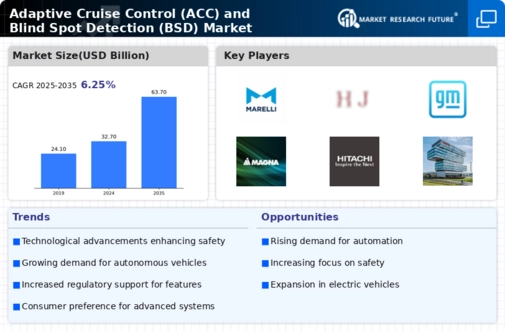
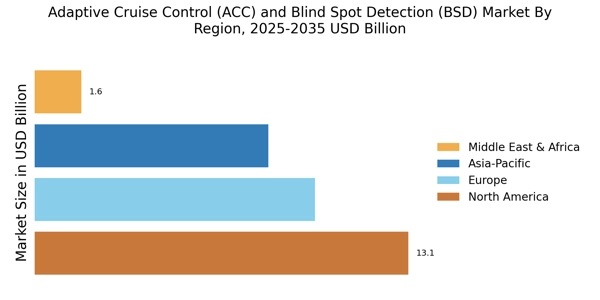
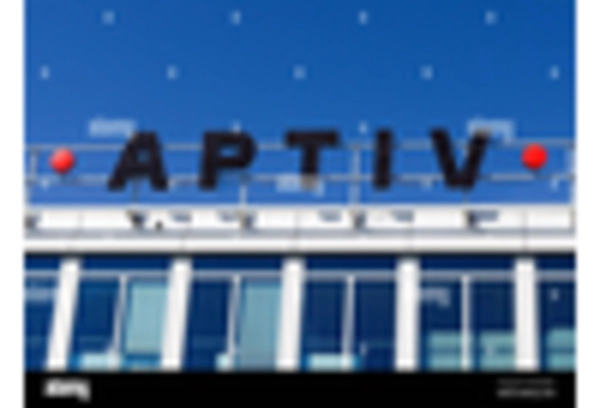



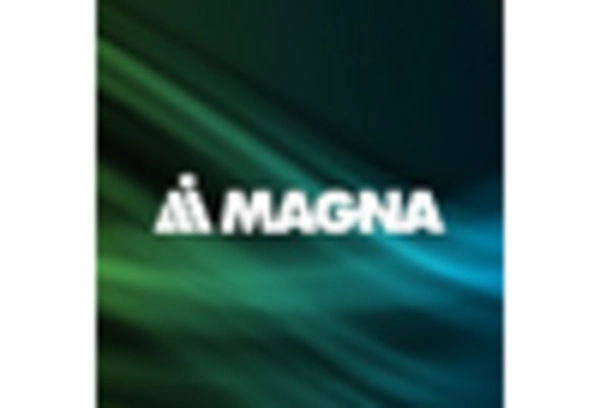
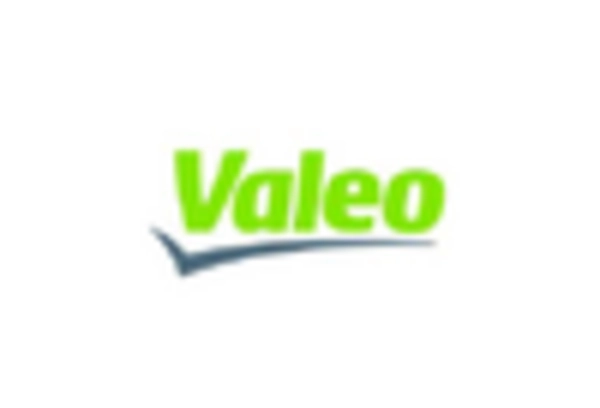








Leave a Comment